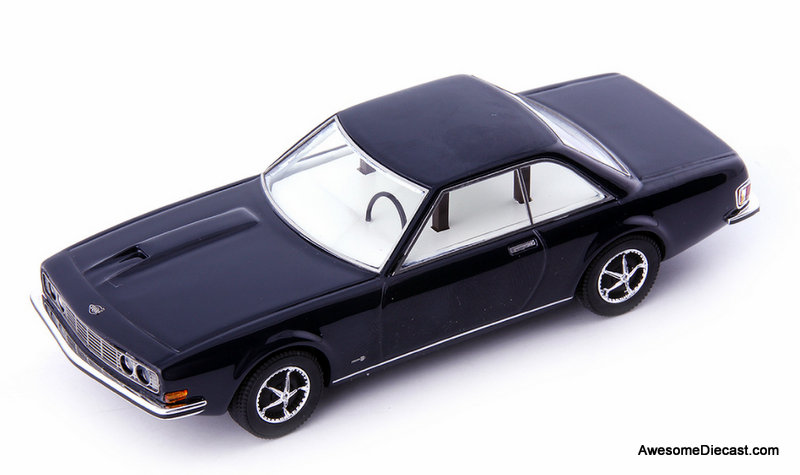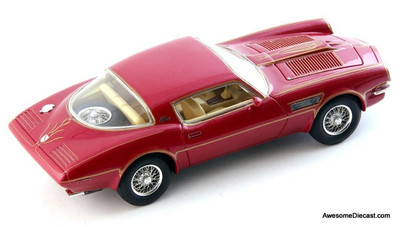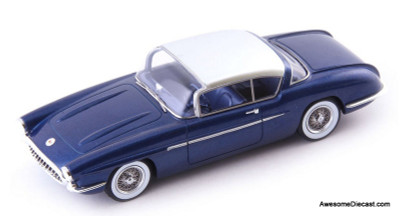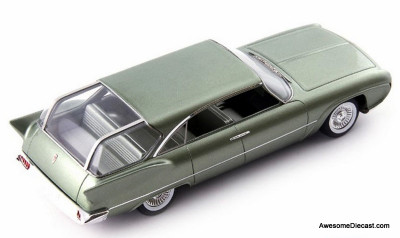There are many thoughts, ideas that are developed in a design department, some are rejected even before they end up on the drawing board, others right there. Some go on to be converted into full-scale clay models and very few become a sheet metal prototype.
Volvo came to call the project P172, and it was launched in the spring of 1965. It was based on the components of the upcoming 164 model, but with shorter wheelbase. The engine, a B30 of 2978 cc which at 6000 rpm would give 180 hp SAE, was also taken from the 164. They initially thought of three SU carburetors, but gave it up. The workshops had had problems synchronizing two SU carburetors. In the end, they stuck to fuel injection. The maximum speed was calculated at 200 km / h with an acceleration capacity of 8.0 seconds from 0 - 100 km / h.
The model passed the drawing board and the work rolled on fairly quickly and already in September 1966 they had a full-scale, unpainted model in clay, to show off. In a new display in October of the same year, it had been painted in a dark blue color and equipped with American Rostyle rims licensed in the UK. The idea, in addition to the sedan model, was that they also took into account a convertible version, something that had proved far too expensive on the P1800. The model was to be launched as a 1970 model.
Production was to take place in Sweden, in Olofström, and an annual production of 10,000 cars and a first series of 50,000 cars were envisaged. The price in the US was thought to be around 6000 dollars.
But it was nothing more than mud! Already at the beginning of 1967, the project went to the grave and the reason for it was multifaceted. On the one hand, the investment costs were high, the management was hesitant about the future of this type of car and then they received backlash from dealers in the US who claimed that it would be difficult to compete with the much cheaper Mustang.





























